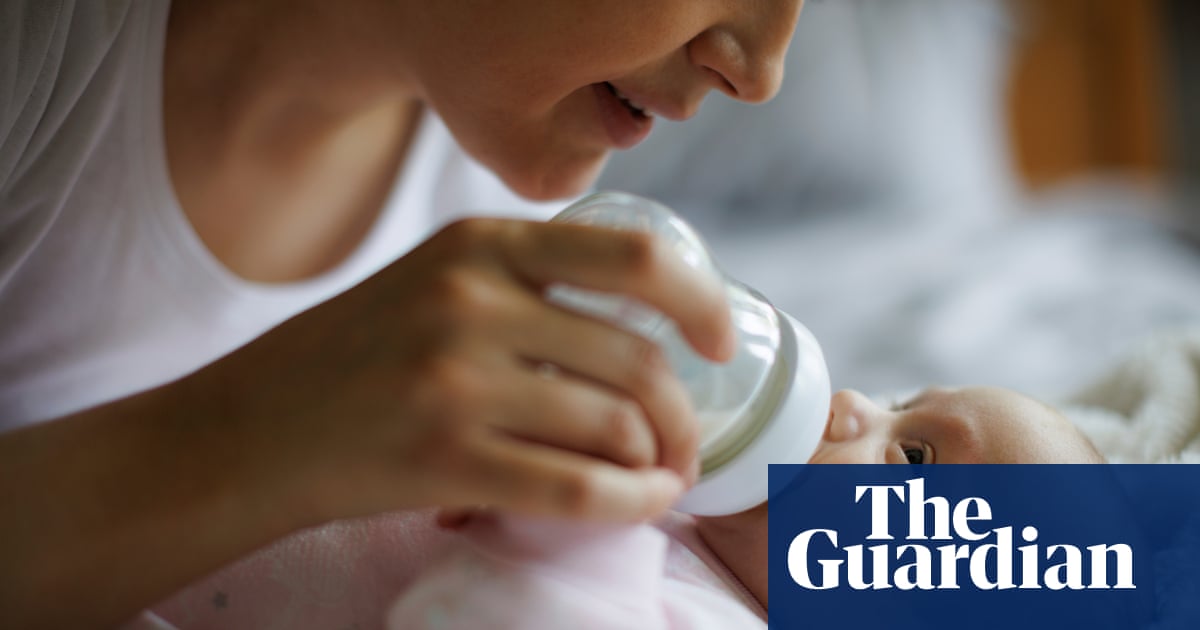
Preventing future pandemics at source would cost a small fraction of the damage already caused by viruses that jump from wildlife to people, according to scientists.
Each year on average more than 3 million people die from zoonotic diseases, those that spill over from wildlife into humans, new analysis has calculated. Stopping the destruction of nature, which brings humans and wildlife into greater contact and results in spillover, would cost about $20bn a year, just 10% of the annual economic damage caused by zoonoses and 5% of the value of the lives lost.
The scientists heavily criticise approaches by global bodies and governments that focus only on preventing the spread of new viruses once they have infected humans, rather than tackling the root causes as well. “That premise is one of the greatest pieces of folly of modern times,” said Prof Aaron Bernstein, of the Center for Climate, Health and the Global Environment at Harvard University, who led the new assessment.
It details three key actions: global surveillance of viruses in wildlife, better control of hunting and trade in wildlife, and stopping the razing of forests. These actions would also pay huge dividends in fighting the climate emergency and the biodiversity crisis.
Wildlife is known to harbour vast numbers of viruses, and outbreaks are increasing in frequency and severity. Since the start of the Covid-19 pandemic, experts have repeatedly warned that the root causes must be tackled. Inaction has left the world playing an “ill-fated game of Russian roulette with pathogens”, they have said, and protecting nature is vital to escape an “era of pandemics”.
“Our salvation comes cheap [because] prevention is much cheaper than cures,” Bernstein said. “If Covid-19 taught us anything, it is that we absolutely cannot rely on post-spillover strategies alone to protect us. Spending only five cents on the dollar can help prevent the next tsunami of lives lost to pandemics by stopping the wave from ever emerging, instead of paying trillions to pick up the pieces.”
Bernstein said action to stop pandemics at source had been ignored because pandemic response was led by medical scientists and organisations that were unfamiliar with the protection of nature in preventing spillover. “Also, this primary prevention does not result in profits for corporations,” he said.
The analysis, published in Science Advances, uses stark language that is unusual in a scientific journal. “Prominent policymakers have promoted plans that argue the best ways to address future pandemic catastrophes should entail ‘detecting and containing emerging zoonotic threats’. In other words, we should take actions only after humans get sick. We sharply disagree,” it says.
It specifically criticises the Global Preparedness Monitoring Board (GPMB), a joint initiative of the World Bank and the World Health Organization (WHO), and a G20 high-level panel on financing for pandemic preparedness, whose reports and strategies do not mention tackling spillover.
The analysis assesses every zoonotic virus over the last century known to have killed more than 10 people, including the Spanish flu, repeated bird flu outbreaks, Marburg virus, Lassa fever, Ebola, HIV, Nipah, West Nile, Sars, Chikungunya, Zika and Covid-19.
The researchers calculated the average annual deaths and economic costs from these viruses and compared these with the cost of action to prevent spillover. They found the benefits of action were so large that it would be cost-effective even if it cut the risk of a major pandemic by only 1%.
The action recommended includes a global project to identify wildlife viruses to highlight hotspots of danger, better enforcement of controls on hunting and trade in wildlife, and cutting deforestation. The cost-benefit analysis did not include the damage caused by family deaths, lost jobs, delayed medical treatments, and lost education, or the cost of viral outbreaks in livestock or crops, which can run to many billions of dollars.
Prof Marcia Castro, also of Harvard University, said. “Making these investments in primary prevention brings returns to human health, environment, and economic development.”
Neil Vora, an expert in outbreak response who worked on tackling Covid-19 in New York and is now at Conservation International, said: “Unfortunately, dominant voices in public health have historically neglected pandemic interventions like ending deforestation. This reflects a bias towards immediately measurable public health victories, such as the number of vaccines administered, over those that require a longer time horizon before their benefits are realised. Many of these distant benefits are immeasurable as their goal is for a pandemic not to occur at all.”
A spokesperson for the GPMB said it supported the conclusions of the analysis. “We agree that there are substantial gaps in knowledge, institutional capacity and financial resources which limit the ability to avert pathogen emergence. We also agree that preventive action is substantially more cost-effective compared to the direct impact upon global economies and lives lost. Spillover and prevention at the source are specific areas of work that would benefit from global leadership.”
The spokesperson said GPMB reports had noted that global health security requires systems to predict, prevent, identify and detect the emergence of pathogens with pandemic potential. A framework for monitoring the state of the world’s pandemic preparedness would be launched later in 2022, she said, and was “likely to include indicators related to biodiversity loss, deforestation, animal trade and animal health.”
Prof Stuart Pimm, a co-author of the new analysis, said: “Pandemics are not a problem that are going to go away. The world’s human population is increasing and becoming very much more urbanised. It’s going to get worse and we’re going to be at greater risk.”












